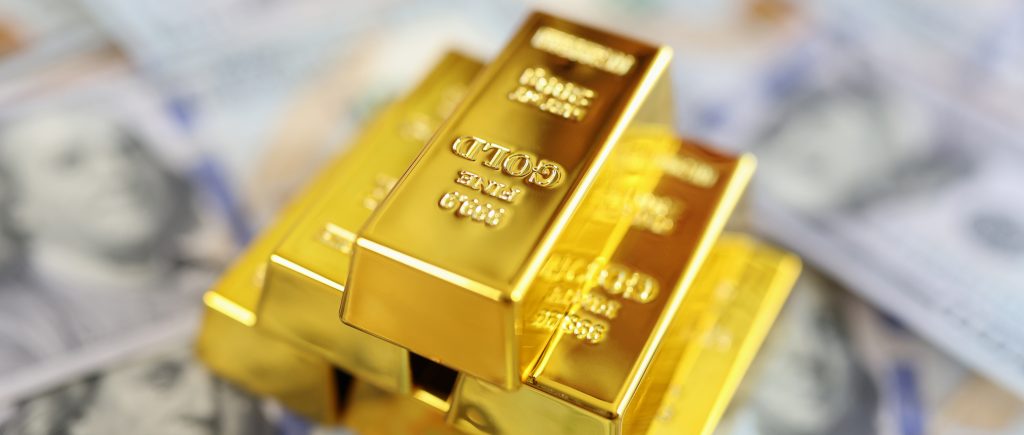Gold slipped below $4,100 during early Asian trading on Thursday, as investors opted to lock in profits ahead of the release of critical US inflation figures. Optimism over easing US-China trade tensions has encouraged some traders to take gains, temporarily weighing on the precious metal.
At the same time, the end of the Diwali festival in India, the world’s second-largest gold consumer, may reduce physical demand, further pressuring prices. However, ongoing uncertainty in the US government and global geopolitical tensions could continue to support gold as a safe-haven asset, limiting the downside. Speculation about potential interest rate cuts in the US also underpins the yellow metal, as lower rates reduce the opportunity cost of holding non-yielding assets like gold.
Investors are closely watching the upcoming US-China trade talks and a planned meeting between the two nations’ leaders, which could influence market sentiment in the near term. The release of the September Consumer Price Index (CPI) in the US, delayed by the government shutdown, will be in focus later this week. A stronger-than-expected reading could boost the US dollar and exert downward pressure on gold prices.
Despite the recent pullback, gold has had a remarkable year, rising over 50% and surpassing previous spikes seen after major global events. Technically, gold remains supported above key moving averages, and the longer-term bullish trend continues. Resistance levels to watch include $4,140 and $4,330, while critical support lies at $4,000, with further downside possible if prices breach recent lows.
Gold continues to serve as a preferred hedge for investors seeking safety amid economic uncertainty and currency volatility. Its appeal remains strong for those looking to protect wealth against inflation and market turbulence.

 Noor Trends News, Technical Analysis, Educational Tools and Recommendations
Noor Trends News, Technical Analysis, Educational Tools and Recommendations




